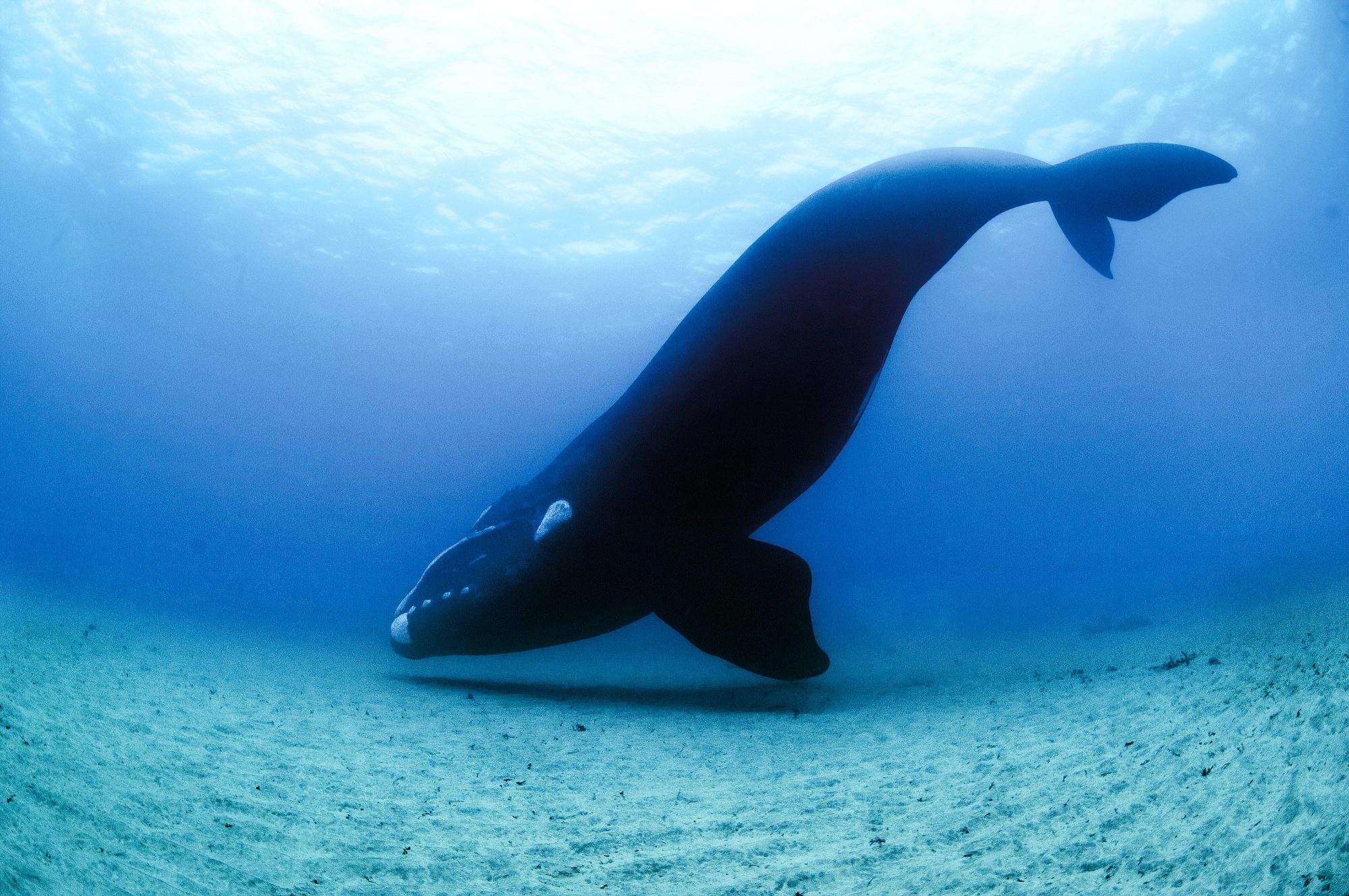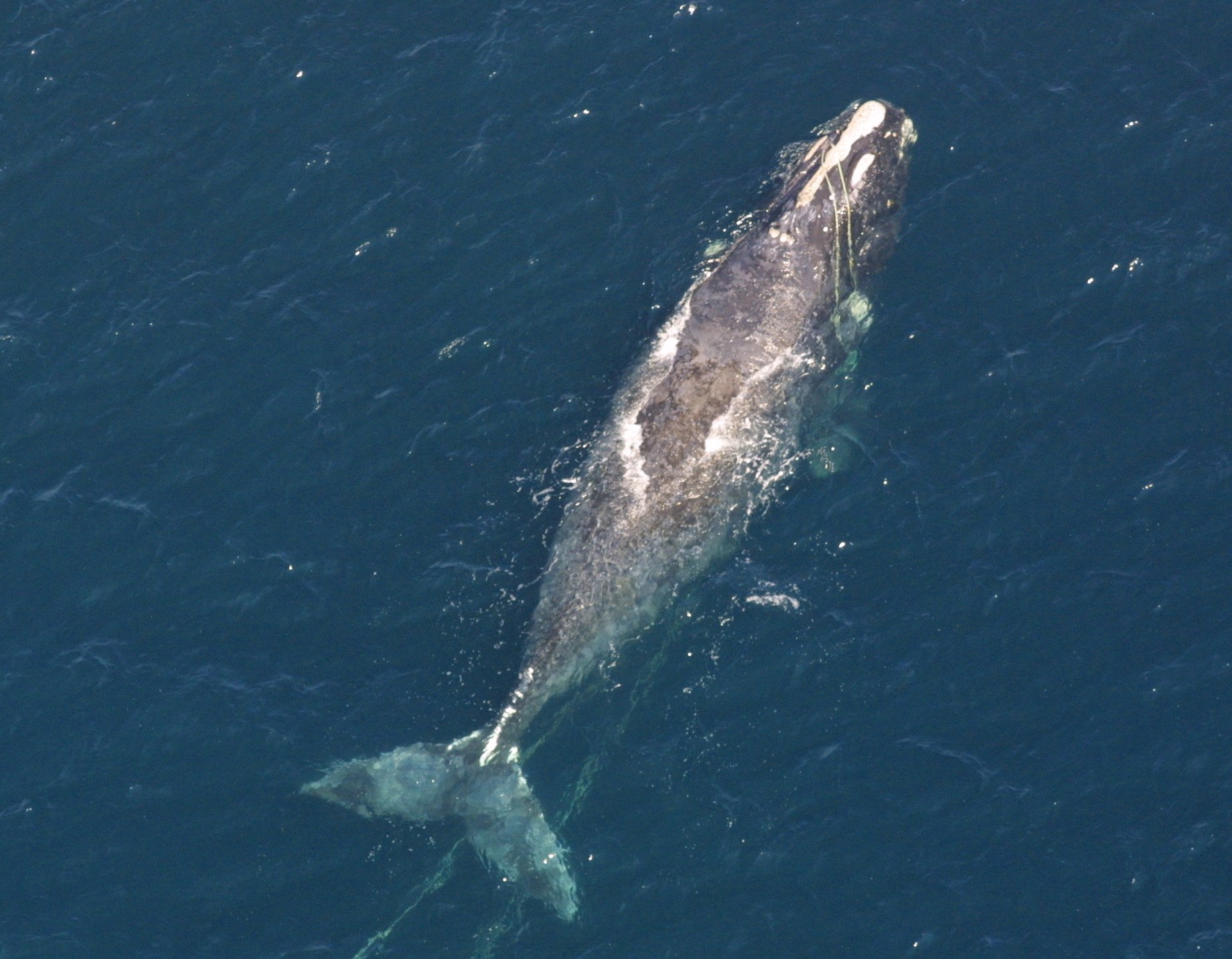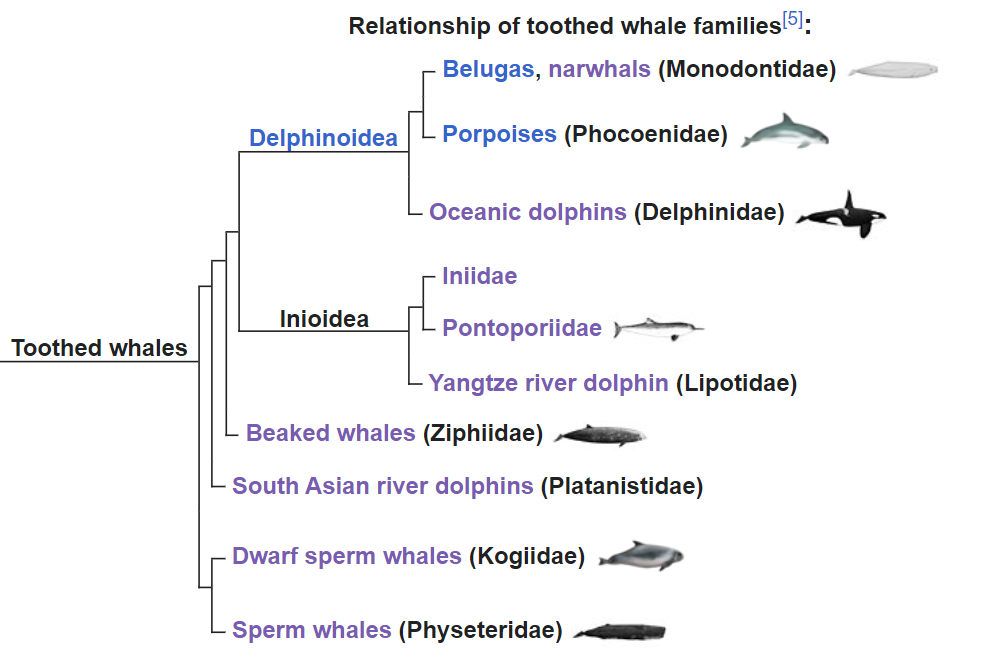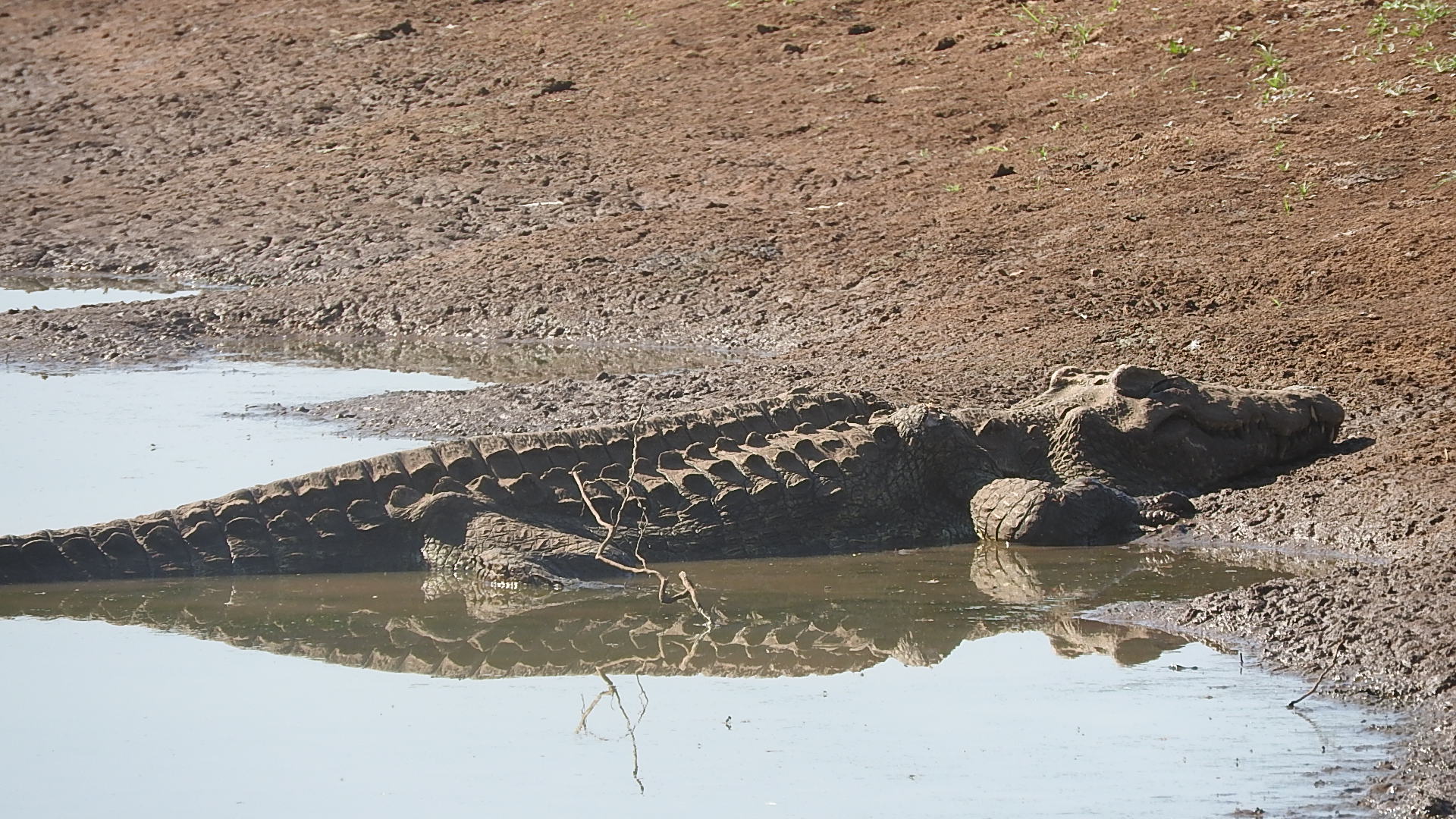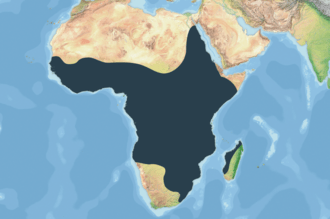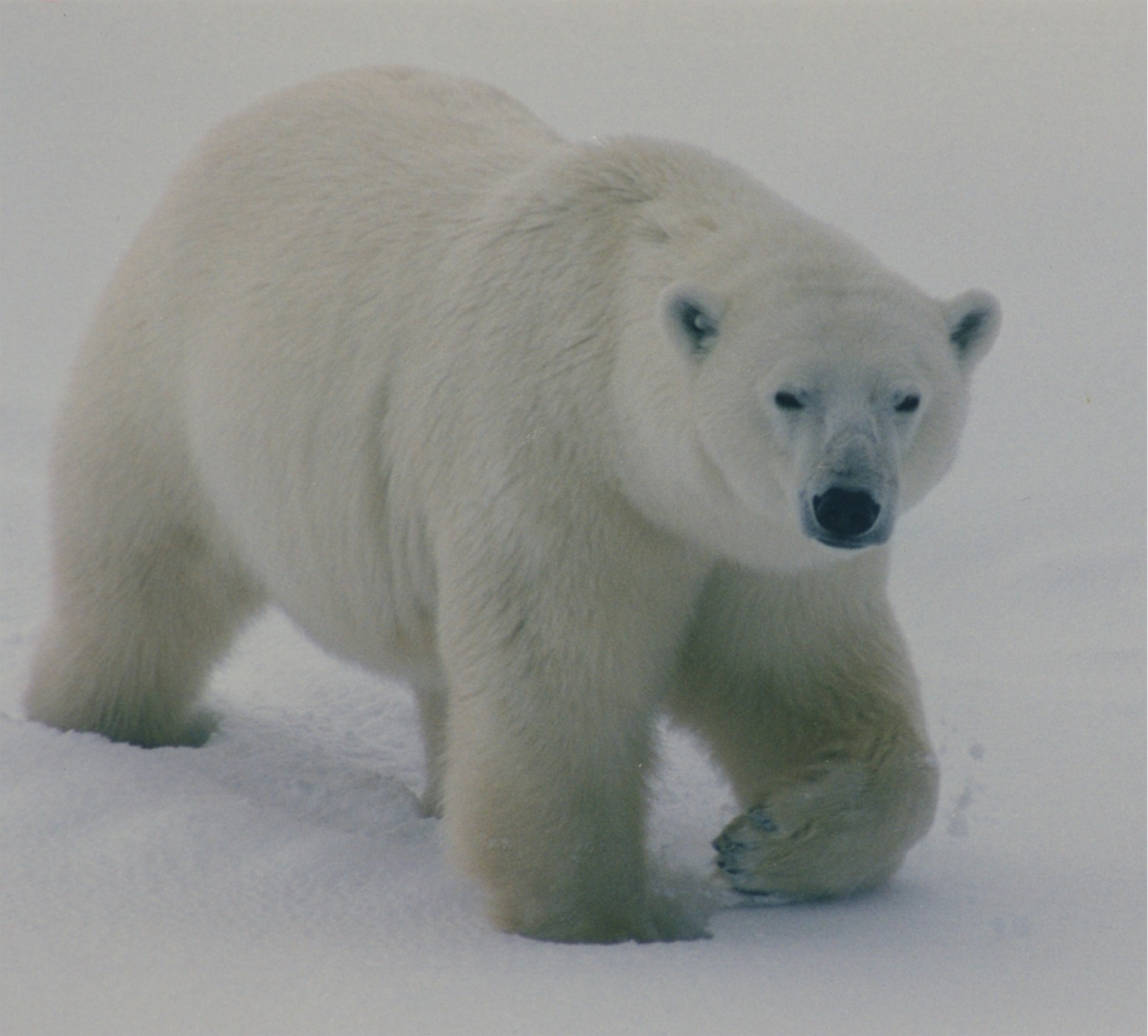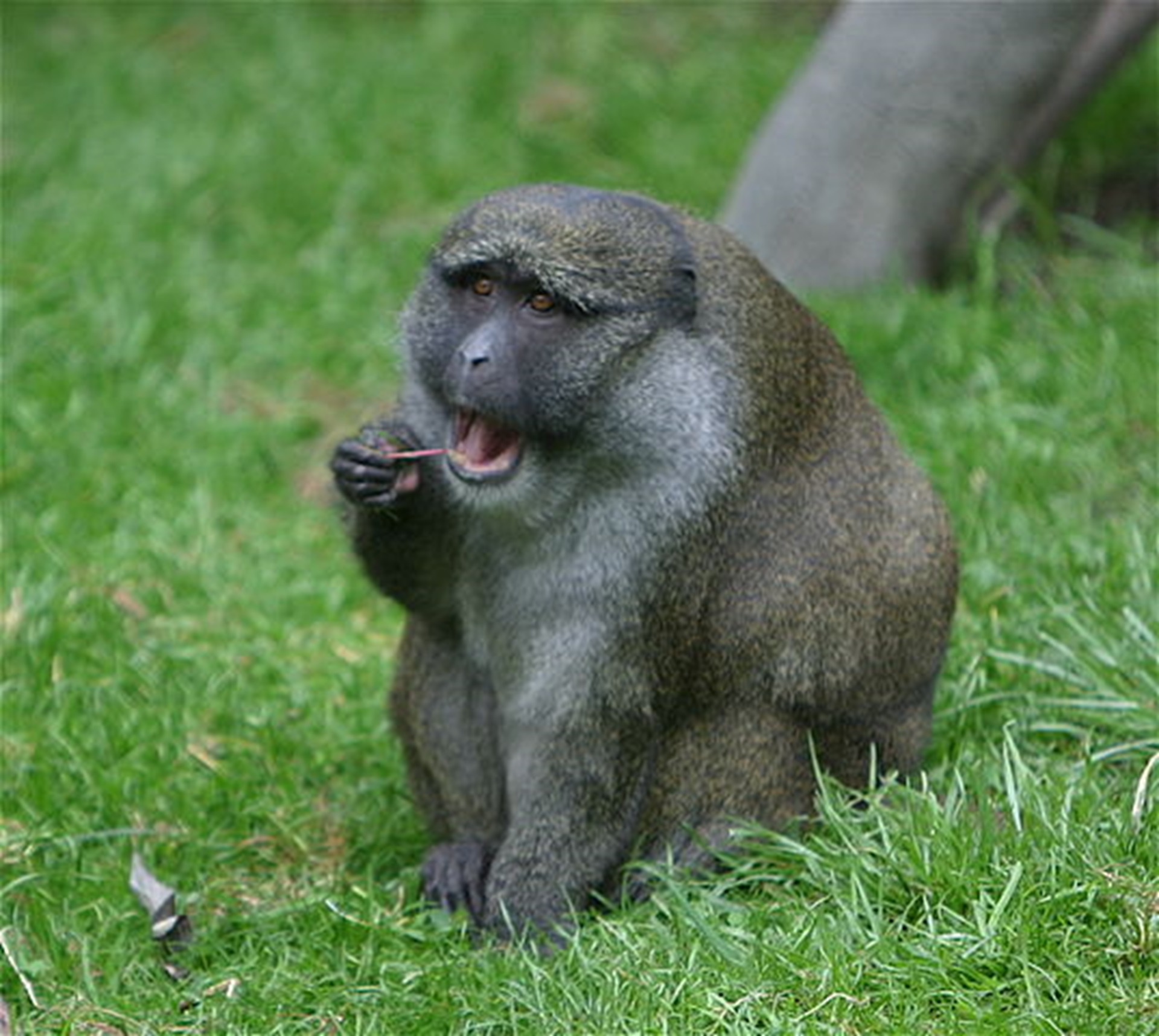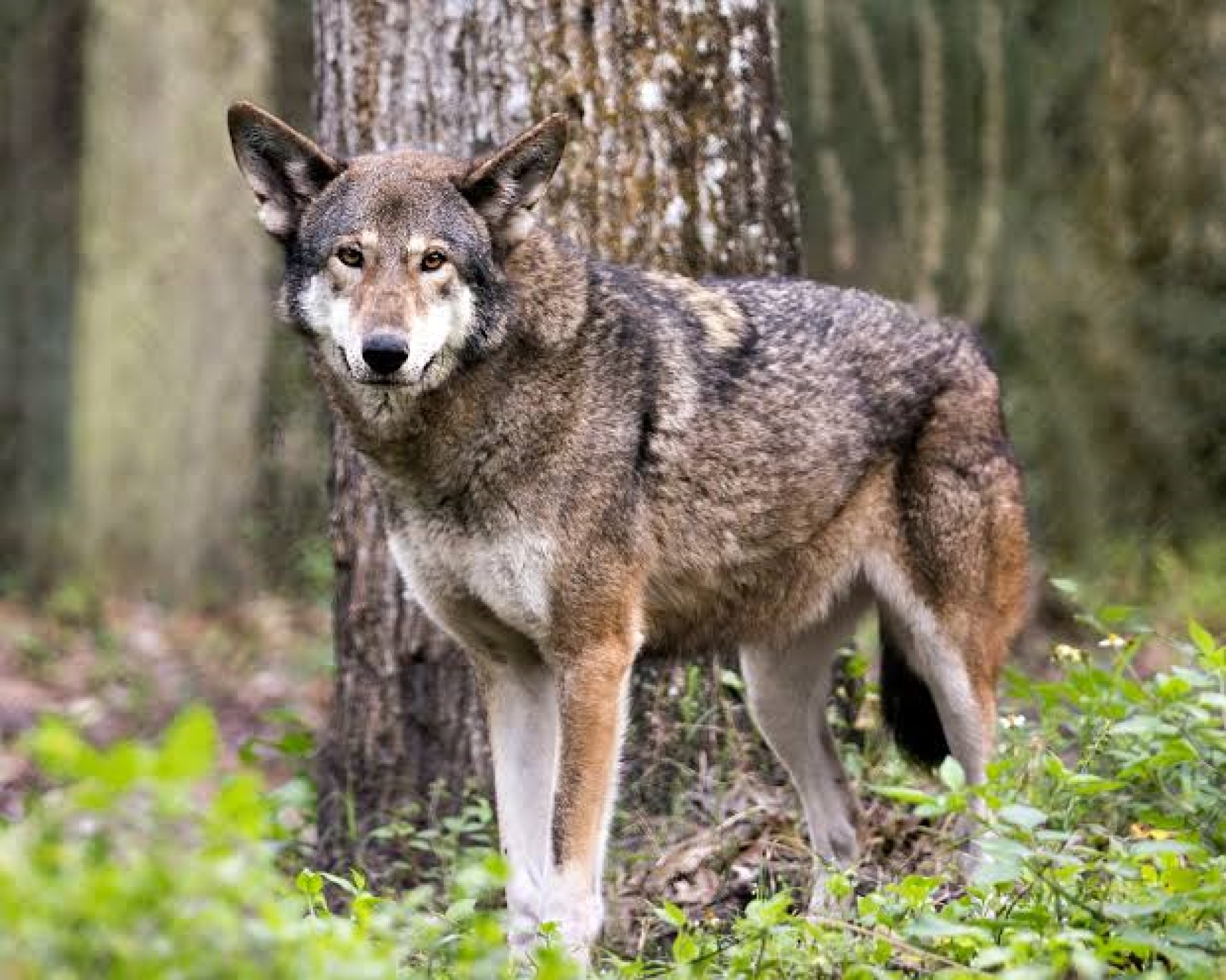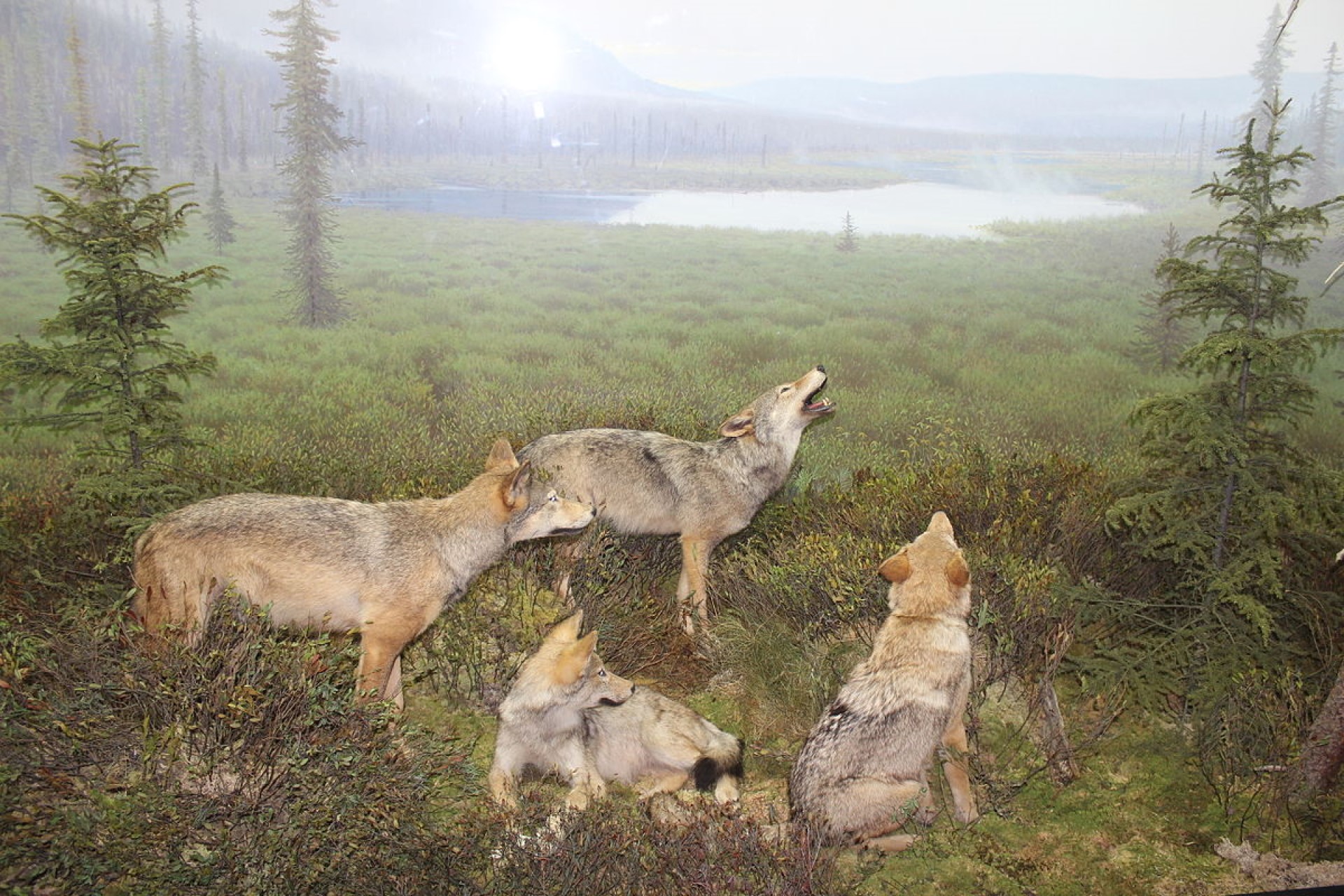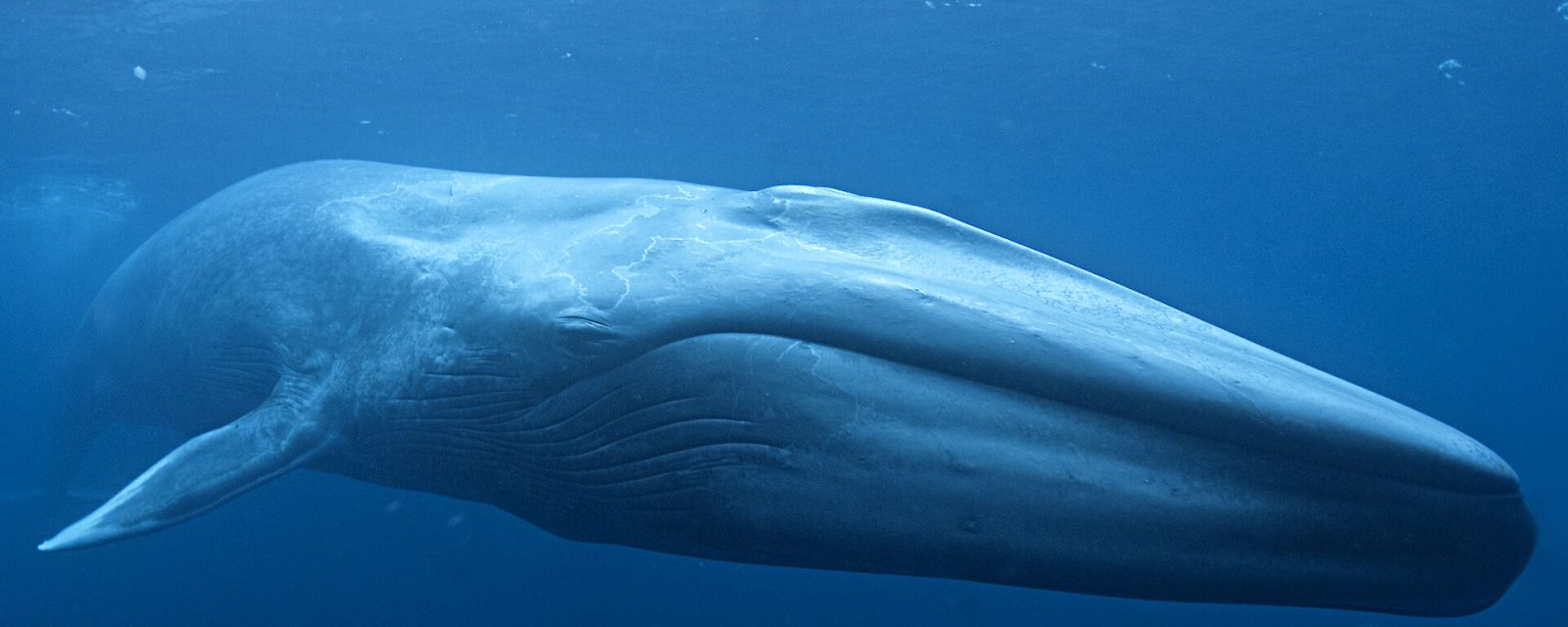
Blue whale
Abundant in almost all of the worlds oceans until the 19th century, they were hunted close to extinction. In 1966 hunting of them were banned.
There are places around the world, where these animals can be watched, we hope to link to many of these below.
At their peak, before whaling, it was thought that their was around 350,000 in the world. Now there is between 10,000 and 25,000 around the world.
It is certainly not the time to allow them to be hunted again, far from it.
One recent suggestion, is that whales sink huge quantities of carbon down into the ocean, and that our current problems with global warming might have been tiny if we had not killed the vast majority of most species of Baleen whales.
Below is a small outtake from blue planet, the bbc series from 2001 which features a blue whale in the vastness of the ocean
I have included a second video clip, as this one give you an idea of the size and shape of a blue whale, in a way that little footage does.
Below this is any articles that have been written about blue whales on this website, and below that, we will add any links that might help you see blue whales in the wild.
New DNA tests have found that blue whales have been mating with fin whales
- Tim
- February 9, 2024
It appears that blue whales have been mating with fin whales far more frequently than previously thought. One of the things that is both exciting and alarming, is that it...
Orca have been documented killing and eating blue whales
- Tim
- February 28, 2022
Orca are generally regarded as the apex predator in the sea. There are obviously others that are good contenders, such as the great white shark - but when orca are...
Previously unknown group of blue whales found
- Tim
- March 21, 2021
Given how large they are, you would have thought that we would know about all populations of the blue whale, but it would appear not.
A new population has been...
Our behaviour may be still pushing the Northern right whale to extinction – entanglements may use as much energy as rearing all young
- Tim
- December 14, 2024
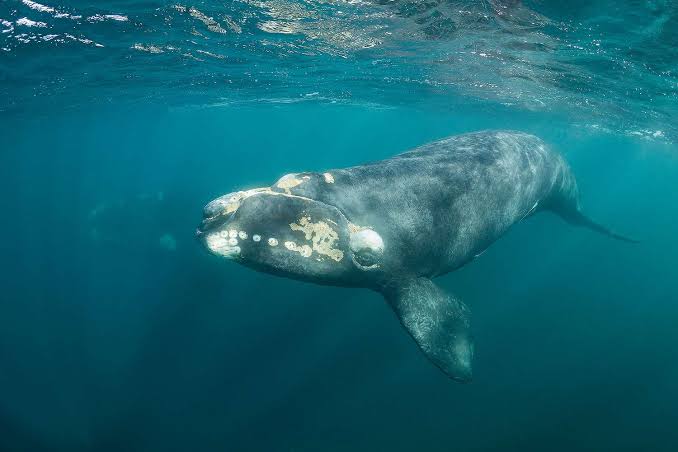
The Northern right whale was hunted to the brink of extinction - with less than 500 left when hunting ended. To put this in perspective, only 300 Southern right whales...

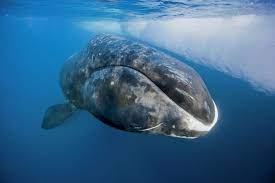

 Also known as
Also known as 